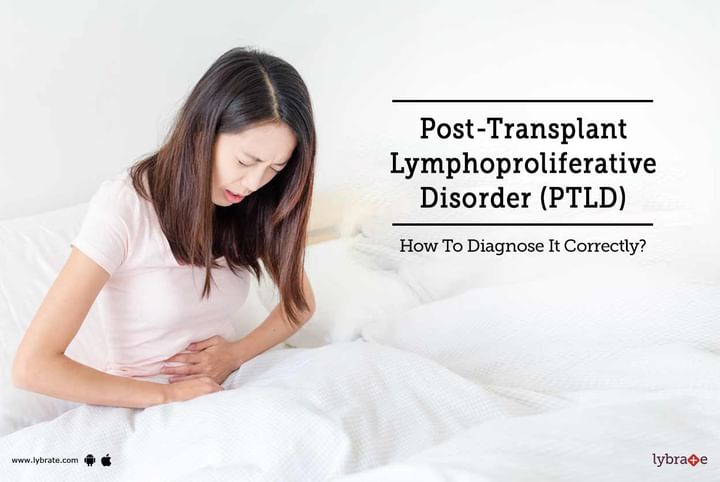Post-Transplant Lymphoproliferative Disorder (PTLD) - How To Diagnose It Correctly?
Post-Transplant Lymphoprolipherative Disorder (PTLD) is a condition or a reaction that happens post your liver transplantation or any kind of organ transplantation. There is a rapid increase in the immune cells or more precisely, the lymphoid cells in the body. These cells start increasing without any control. The seriousness of this growth can be harmless but sometimes, it can develop into lymph node cancer as well.
The major reason behind PTLD is the anti-rejection medicines that are taken by the patient to avoid rejection and attack by the immune system.
Types of Post-Transplant Lymphoprolipherative Disorder (PTLD)
- Early lesions: This will go away by itself, if the dose of anti-rejection medicine is reduced.
- Polymorphic PTLD: This is a mixture of different kinds of lymphoid cells.
- Monomorphic PTLD: This is the most common type of PTLD found in many people who have undergone a liver transplantation. This has just one type of lymphoid cell.
- Hodgkin Lymphoma: This is a very rare kind of PTLD.
Diagnosis of Post-Transplant Lymphoprolipherative Disorder (PTLD)
- Small and painless lump under the armpit, groin, or neck area
- Night sweats
- High fever
- Excessive weight loss
- Low appetite
- Unwell feeling
Usually, it is not at all easy to diagnose PTLD. The lump may grow so deep inside the body that it can be hard to see or feel it from outside. Apart from the lump, others are general symptoms and they can be a reason for any kind of infection in the body post transplantation. It can be a reaction to any new medicine taken by you or a reaction to rejection. Early diagnosis can help you in increasing the chances of a successful treatment. A biopsy is also a good way to detect PTLD, where a small piece of the liver is taken and tested under a microscope to detect PTLD.
Management of Post-Transplant Lymphoprolipherative Disorder (PTLD)
Your liver transplant surgeon is going to work closely with the lymphoma doctor in order to provide the best treatment for you. For early lesions or Polymorphic PTLD, reduction of the anti-rejection dose can give you better results. Your immune system will restore back and will destroy all the abnormal cells in the body. But it has to be done slowly so that it does not cause organ rejection again. If reduction of anti-rejection medicine is not possible or if reduction causes any kind of harm, then other treatment methods like antibody medicine such as Rituximab, or chemotherapy regimen or radiotherapy may be used.
In case you have a concern or query you can always consult an expert & get answers to your questions!



+1.svg)
